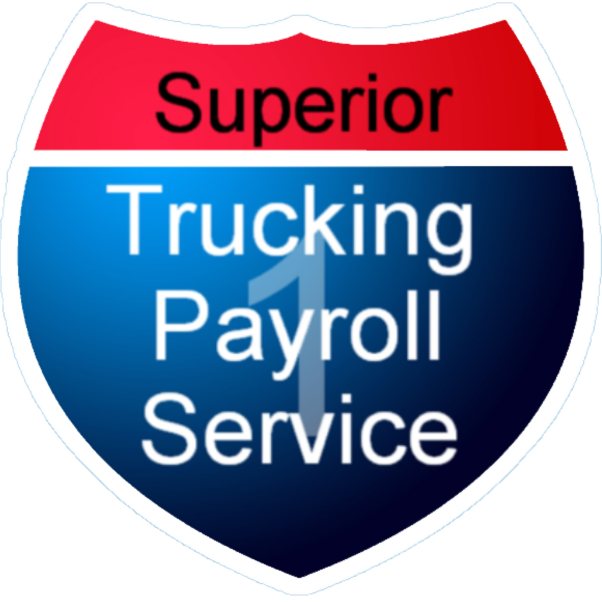Have you ever wondered why so many trucking companies pick...
Read MoreA client previously asked us about what hazard pay was and other questions regarding hazard pay. Since workers are constantly needed in the current world that we live in, hazard pay has spiked. With the COVID-19 pandemic, workers have received hazard pay to work in environments that might make them get COVID-19. Most of those payment has gone away now that we are out of the pandemic. The most important jobs require hazard pay; engineers, health care professionals, pilots, construction workers, and of course, truck drivers. These jobs are not only hazardous, but they are also essential. Since the workers are putting their lives at risk, hazard pay is needed. That’s not the only thing that workers receive hazard pay for though.
Side Note:
If you want more of a visual and very thrilling example of a hazardous risk for truck drivers with a large amount of hazard pay, then you should check out the movie “The Ice Road” starring Liam Neeson. If only I could do a movie review for you all… Now back to the article. I still need to tell you what hazard pay is and how it works and all that jazz.
What is hazard pay?
Hazard pay means adding extra pay to an employee’s regular salary for performing a hazardous duty or work that involves risk of injury, sickness, physical discomfort, or even death. Offering hazard pay gives employees an incentive to work even with the risk of potential harm.
The Fair labor Standards Act (FLSA) doesn’t include anything about hazard pay, except when it needs to be included as part of a federal employee’s regular rate of pay in computing the employee’s overtime pay.
How does hazard pay work?

Employees can receive hazard pay in 3 different ways. The first way is generally by giving an additional pay rate on the employee’s hourly wages or salary paid at an hourly rate on the amount of time they spend in a hazardous location.
Secondly, employees can also receive hazard pay in a percentage. For example, for the certain amount of time they were working in a hazardous location or performing a hazardous job, they could get 20% more pay.
Thirdly, some companies decide to pay their employees a flat rate for hazard pay. So for example, they could receive $700 extra in their salary or wages per month for hazard pay.
Some employees may be eligible for hazard pay and overtime pay. If so, and they are working both hazardous work and overtime, the overtime pay would be received on their base salary and then the 20% hazard pay would be put on top of that pay.
Is hazard pay mandatory?
There are no federal or statewide laws that say that it is mandatory to provide hazard pay to employees. Small-business can decide whether or not they want to offer it to a worker that might be at risk.
Before the pandemic was over federal employees were entitled to a 25% pay increase if their work required them to be exposed to COVID-19.
If you’re unsure whether you are required to offer hazard pay or not, you can go to your state or local government’s website to look for hazard pay laws. Compiled by the American Action Forum, there is a database on state and local hazard pay that you can check out.
How do you set up a hazard pay policy?
Before jumping right in you need to answer a few questions first:
What duties do you consider hazardous?
Which employees are eligible for hazard pay?
What amount are you going to set for your hazard pay?
How are you going to provide it? Percentage/hourly rate increase/flat rate?
Make sure that your employees know what kind of hazardous work they will do and provide them with safety gear. Also, write down everything in your pay policy about the risks they are taking. Have each employee sign the policy so you won’t be held responsible if an employee is injured or dies while working. Always stick to your word because if you don’t pay a worker hazard pay after you approve it, they may take legal action.
Bottom Line:
Be careful when sending your workers out to do dangerous and hazardous things. If you think that a job is even a little bit dangerous, offer hazard pay. You don’t want to end up losing your workers. Again, always make sure you have each of your workers sign your hazard pay policy so you don’t get into any legal trouble.
Before working at Superior Trucking Payroll Service she worked in IT at GVSU which gave her the skills to problem-solve with customers over the phone.
Contact Us!
Top 5 Reasons Why Trucking Companies Choose Roll By ADP
Have you ever wondered why so many trucking companies settle...
Read MorePayroll Solutions for Trucking Companies: Why Different Matters
The Unique Challenge of Trucking Payroll Are you tired of...
Read MoreTrucking Payroll Done Right: The Awesome Customer Experience
Are you tired of payroll providers who don’t understand the...
Read MoreMichigan’s Earned Sick Time Act: What Trucking Companies Must Do
Are you ready for Michigan’s Earned Sick Time Act (ESTA),...
Read More
